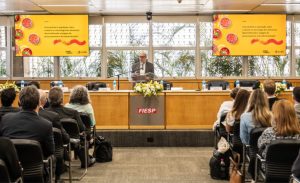Dairy NZ chief executive Tim Mackle said there were about 800 vacancies farmers were still looking to fill. The busy calving period had been challenging and exhausting for those who were unable to plug gaps, he said.
Mackle said a government-backed GoDairy course launched in May to attract and upskill locals did help, but like many in the primary sector, it had not seen as much demand for work as was expected.
“GoDairy was designed during the first Covid-19 lockdown in April when unemployment was expected to reach upwards of nine percent, if not higher, by late 2020.
“In practice, while there have been job losses, unemployment has not yet reached those expected highs due to the government’s wage subsidy and other policies,” he said.
Covid-19 had shone a light on the importance of migrant workers to primary production right across the board and that was something industry leaders needed to take a good look at, he said.
Chief executive of the Primary Industry Capability Alliance, Michelle Glogau, said since 2014 it had been working to attract people to food and fibre sectors.
Glogau said this included working with schools to educate young people about the wide range of job opportunities available and targeting career changers, who often had transferable skills.
“We are making progress… the workforce is growing, but probably not as quickly as we would as we would like, it’s just that ongoing challenge to attract those people into our sector with those specialised skills.”
She said one silver lining to come out of Covid-19 was that it had raised the profile of the primary industries, which had been less disrupted than many other sectors by Covid-19.
“It’s actually made people probably see the opportunity in the sector.”
About three months ago the Ministry for Primary Industries launched a campaign trying to attract thousands of New Zealanders to fill the gaps in the primary sector created by Covid-19 border restrictions. This is expected to run for four years.
MPI’s skills and performance director Cheyne Gillooly said while it was early days for the campaign, there had been positive signs.
“We’re seeing a lot of New Zealanders come onto the Opportunity Grows Here site, so I think we’ve had upwards of 170,000 people visit the site already and we’ve had quite a few people sign up for the training programmes and starting to explore what their career options in the sector may look like.”












